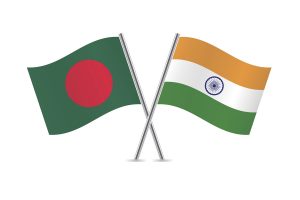The “rule of three,” a literary concept where groups of three are deemed more effective and memorable, seems to have an intriguing parallel in the political history of Delhi. The number three has repeatedly surfaced as a significant pattern in the city’s assembly elections.
In Delhi’s inaugural assembly elections of 1993, the BJP came to power but witnessed instability as the party appointed three Chief Ministers in just five years. This disarray led to the party being out of power for the subsequent 26 years.
Advertisement
Similarly, the Congress Party, under Sheila Dikshit, enjoyed three consecutive terms in office. However, following its defeat in 2013, the party has struggled to secure even a single seat in the last two assembly elections.
The pattern resurfaced with Arvind Kejriwal of the Aam Aadmi Party (AAP). Despite securing a massive majority in his third term as Chief Minister, Kejriwal faced significant challenges and eventually resigned amid allegations of corruption. This recurring influence of the number three seems to symbolize key turning points in Delhi’s political narrative.
For the AAP, the current scenario might offer some hope. Atishi, the incumbent Chief Minister, is contesting her third term as MLA and her first battle of ballots as the Chief Minister of Delhi. Meanwhile, for the BJP, this election presents an opportunity to end its 26-year hiatus from power—a number neither divisible by three nor containing the digit three.
Speaking to The Statesman, Ravinder Singh Sheoran, a veteran journalist covering Delhi elections, noted, “The number three has consistently influenced Delhi’s political history. It remains to be seen whether the AAP can defy this phenomenon or if the BJP will capitalize on it to stage a comeback.”
Sheoran also highlighted the absence of a viable third front in Delhi politics. While parties like the Janata Party and BSP once attempted to establish themselves, the rise of AAP in 2013 marginalized these efforts, leaving Congress as the de facto third party in the city.
With elections slated for February 8, all major parties are gearing up for a decisive showdown in the midst of winter. Whether the “rule of three” persists or is finally broken, the results will determine the future of Delhi’s political landscape.











